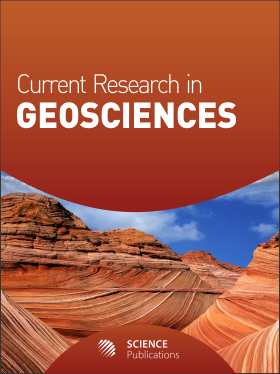Delineate Location of the Last Earthquake Case Study NW of Iran
- 1 Islamic Azad University (IAU), Iran
Abstract
The earthquake hazard is most important title in seismic design of buildings. One of ways to know this hazard is to know where the earthquake boundary is. Moreover, understanding of the future earthquakes location, can help to modify the seismic hazard maps. The b-values, is the effective parameter on future earthquake positioning. This study was conducted to variations of b-values in the Gutenberg-Richter relation were examined for tectonic earthquakes in the NW of Iran. Earthquake dates for this area are given from the ISC, NEIC and Engdahl catalogues for a period of 735 to 2017 were used for analysis. We separated earthquake catalogue in part 1(before 2000) and Part 2 (all events). Delineated zone from b-value distribution map in catalogue Part 1, showed us five seismic gap region (area A to E) with a potential for the occurrence of earthquakes in the near future. The results of Part 2 showed that in areas A, B and C the future earthquake had happened. Therefore, we are waiting for last seismic events in the D and E areas. This "seismic gaps" is a potential threat to the surrounding regions, such as the Nakhichevan and Rasht city.
DOI: https://doi.org/10.3844/ajgsp.2017.7.13

- 4,760 Views
- 2,178 Downloads
- 2 Citations
Download
Keywords
- B-Value
- Earthquake
- Potential Area
- NW of Iran
